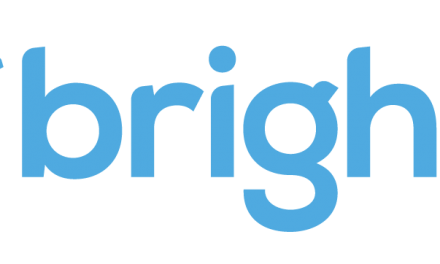We all want things done for us. We all want services to help us.
Any task that is Boring and Repetitive, is going to be top of the list to get done by somebody else or by a machine which makes the task easier.
Getting tasks automated is attractive as it frees up time.
Service by Others
There is a whole industry of Outsourcing that is focussed on providing a service to complete tasks which are not seen as a differentiator for the business.
Outsource service providers can be specialists in the specific area and achieve economies of scale from the operation that would not be available for individual businesses.
Business coaches use the phrase – “Do what you are good at and enjoy, then outsource the rest”. It can be good advice for many organisations.
Managers time is expensive, so they delegate tasks to more junior staff. The tasks are performed at lower cost to the business. Delegation and outsourcing have similar characteristics.
The Service Chain
The history of businesses in manufacturing is built with Prime manufacturers and Sub-contractors. The bill of materials on common items can be very large when it is broken down to individual nuts and bolts.
Similarly in logistics with lead Carriers working smaller specialist hauliers for specific loads or to cover particular geographic areas.
Over the whole supply chain, primary items are often delivered through a combination of businesses.
Who buys a Service?
Traditionally there has been a focus on “Products” and “Machines” but there is a growing theory for businesses to use Services to differentiate themselves from competitors.
“Servitization” – re-framing the supply chain is the newer thinking. The most famous example is Rolls-Royce aero engines. The business is paid while the engine is flying. The challenge of support and maintenance is removed from the airline. It is up to Rolls-Royce to perform preventative maintenance, monitoring, repairs, etc.
As an airline passenger, I had not appreciated that engines being taken off and added on to airplanes was a common activity.
The approach provides time for work to be undertaken on an engine while other engines are deployed to fly a plane. It means engines move around a fleet overtime, as there is no dependency between an airplane and its engine, it just needs to be the right type. “Plug and Go” – well not quite that simple but it is the concept.
It does mean that instead of an airline buying an engine, it is buying flying hours from the engine.
The airline is buying a “Service” not an engine.
Service is the essence of the Cloud
The provision of computing power has largely transition in recent years from privately owned data centres to the use of Cloud services.
Although Cloud Computing is a more complex utility than electricity, there is a growing level of standardisation and therefore potential for a commodity supply.
Similarly many traditional applications have become online services such as Salesforce and Xero. The work to patch and upgrade the software is now provisioned as part of the service.
Automation as a Service
Automation as a Service (AaaS) refers to the delivery of on-demand, tailored automation services to improve company processes.
A business that uses an AaaS provider will be saving itself a number of learning curves, and also benefiting from the accumulated industry and market experience of the provider.
“We have a bot for that” is a phrase used by some AaaS providers. It starts with a provider building a “One-off” solution, then making it a general solution and offering it as an available Automation.
This type of solution relies on the market being large enough for a generalised solution to be developed cost effectively and for each client to easily connect to the automation in a secure and robust way.
The approach of a “Custom” solution being used to build a generic solution is how most traditional application software evolved. Historically there has been the push to take a generic package and create “Customisations” to meet specific business needs. The SAP business community are the prime example of such situations.
For Automation as a Service to be effective, it must be easy for a business to engage with and deliver an alternative to manually performing the same tasks executed y the automation.
A business buying AaaS does not really need to know the detail about how the Automation works, just that the end result of the automation is as expected and is delivered within the required timeframe.
It is for the AaaS provider to deliver the appropriate technology, security, back-up, resilience and technical support so that the service can operate in a cost efficient manner for the customers.
Why is Automation the Ultimate Service?
If the activity is automated, it is generally easier to scale up or down.
As automation removes the manual work, it can be easier to schedule.
Automation can enable the activity to stay within the existing business, it does not need to be outsourced or sub-contracted.
Being available exactly when it is required, in the quantity that is required, enables Automation to claim to be the ultimate service.
#businessbeyondautomation
Article Author
David Martin
Managing Director, Ether Solutions
https://www.ether-solutions.co.uk/







